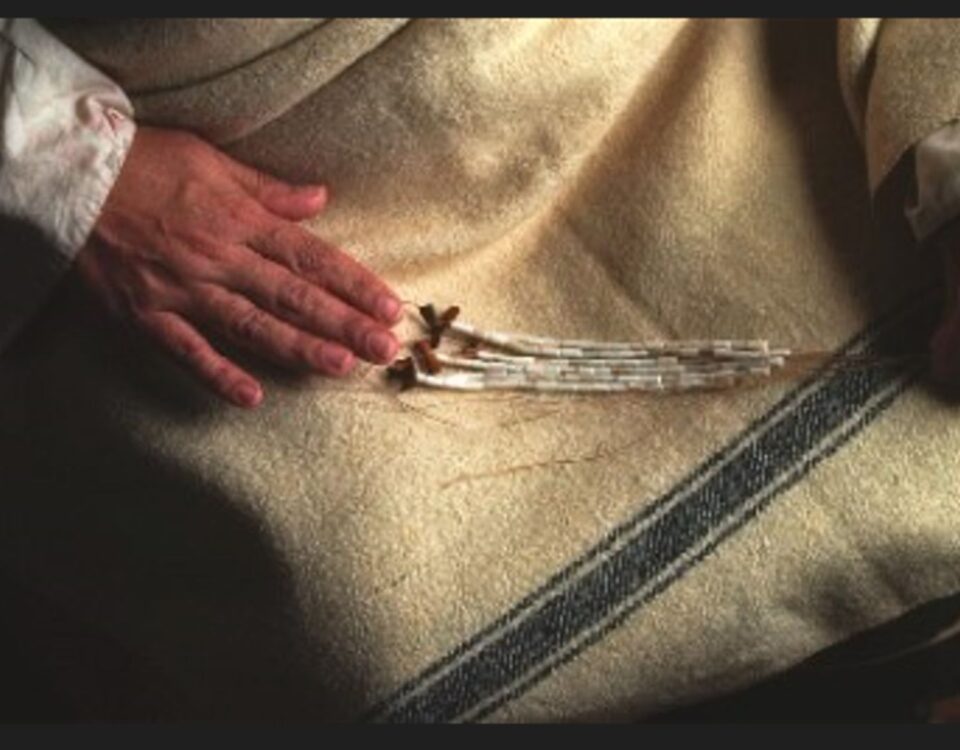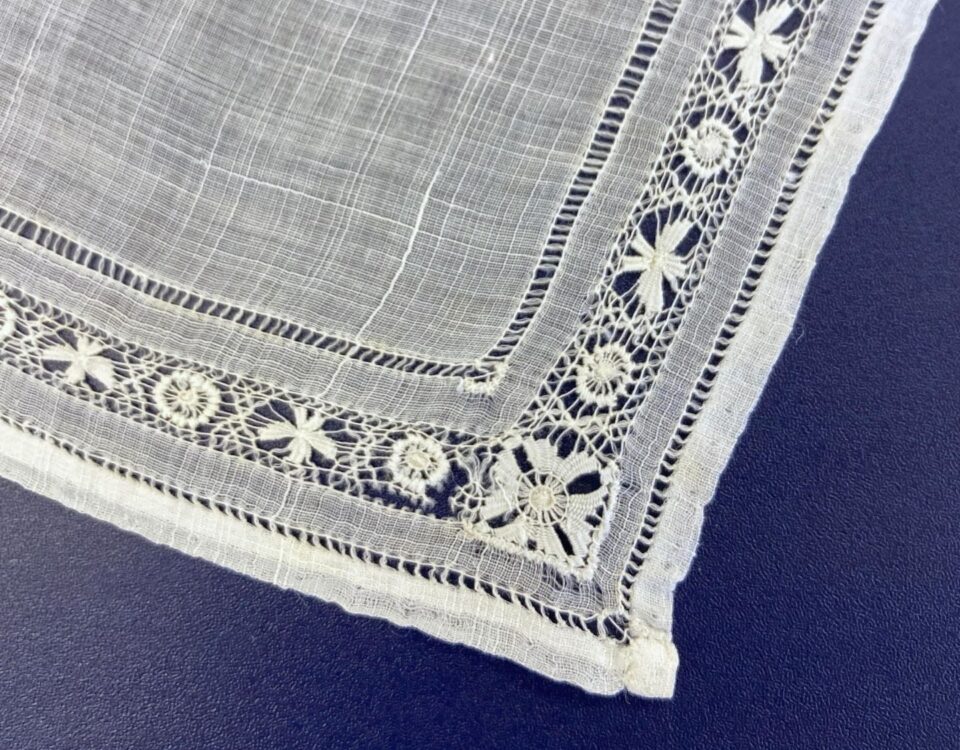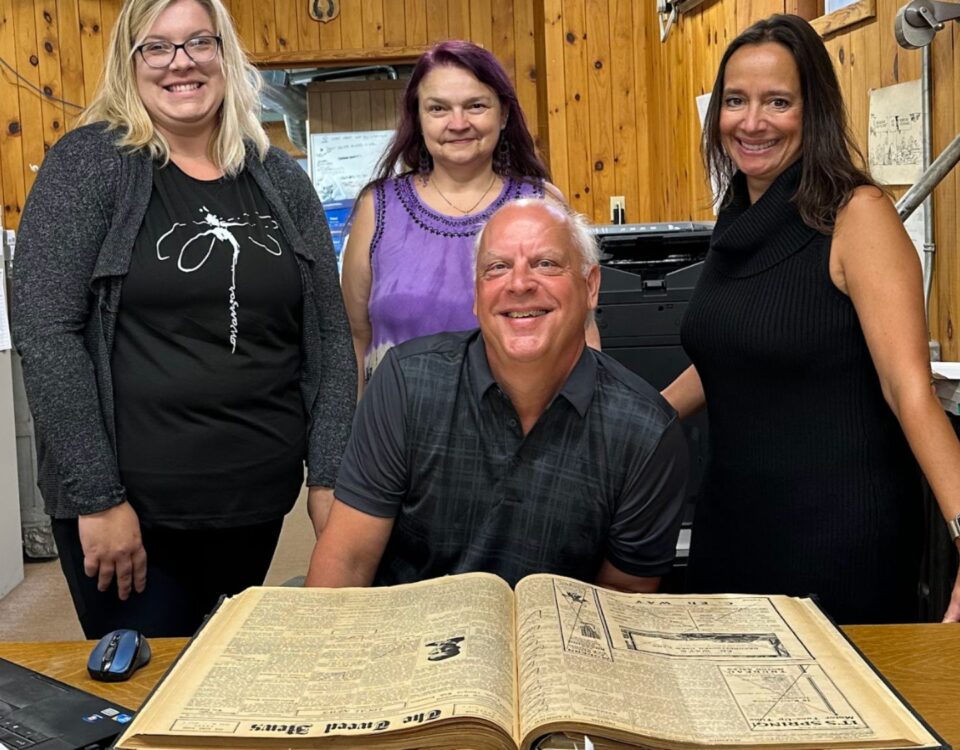Six Strings
Sharing Tyendinaga Mohawk Territory History through Film
Tyendinaga
Jennifer Shea

Watching the 7-minute short film, Six Strings, is mesmerizing. It’s done in the Mohawk language of Kanyen’kéha with no subtitles, and it tells a compelling story even if this is not your native language.
It opens with the date, June 10, 1800, and depicts the true account of a bitter dispute between rival factions within the Mohawk Village that ended with the bloody murder of a father and son and the wounding of others. This was before the Indian Act, and the Mohawk community came together to handle the tragedy in their own traditional way.
Karen Lewis is a retired librarian with the Kanhiote Library on Tyendinaga Mohawk Territory. It was brought to her attention that the National Archives of Canada housed an original transcript of the nine-day Mohawk Council meeting that took place following the murders. She read the document and found it fascinating. She started sharing it with others who were interested in Mohawk history.
“I’ve noticed with everyone who reads it, it kind of exposes our own biases, prejudices, or beliefs,” says Karen. “Everyone felt something strongly from it, but not the same thing.”
Some years ago, Karen gathered together several men in the community and they read the document as is, but in first-person. She wanted to do something more creative with the piece, and that led to more recent discussions about turning it into a film.
Callie Hill, Executive Director of the Tsi Tyónnheht Onkwawén:na Language and Cultural Centre (and Karen’s sister) became involved and they consulted with Evva Massey of Young Imaginations (a creative arts centre) in Prince Edward County. They decided to apply for funding and were successful in receiving a grant from the Ontario Trillium Foundation.
They were then connected to The Bawaadan Collective, which is made up of a diverse and highly skilled membership of Indigenous artists and collaborators, including filmmakers. The Collective agreed to direct the filming of Six Strings, “The goal was to reconnect and help elevate the voice of the community and, ideally, utilize the art of filmmaking for community development. This project was very much centred around language revitalization.” It was filmed entirely on Tyendinaga Mohawk Territory using local, inexperienced actors.
The short focuses on the moment before the violence and the immediate aftermath, followed by a tribal reckoning with the perpetrators. “It was conflict resolution. It was not a trial,” says Karen. “Everyone came together in front of government people who were asked to help. It shows alternative justice or justice circles and it shows how our ways can bring that about without a jail and without punishment.”
The short ends by showing the creation of the six wampum strings. “When someone passes, there is a ceremony called The 3 Strings of Condolence,” says Callie. “Wampum specialists we talked to couldn’t really say why there were 6 (strings). It may be as simple as 3 strings for each victim, but the way it’s described in the paper, it says the 6 strings were attached to a belt. No-one has heard of that before.”
The dream of everyone involved is to see Six Strings made into a full-length feature film, and the search for funding for this project is already underway.
www.bawaadancollective.com


